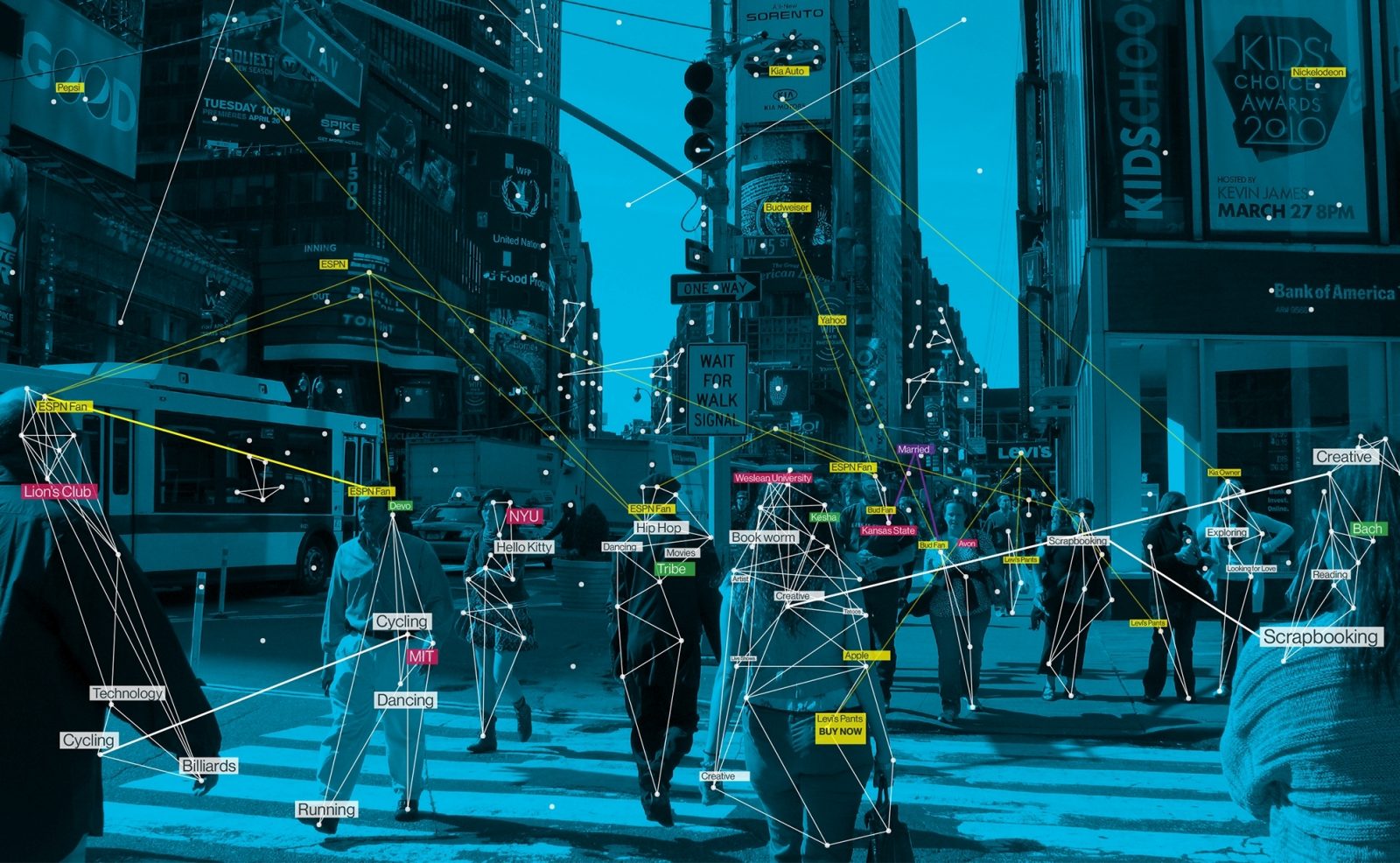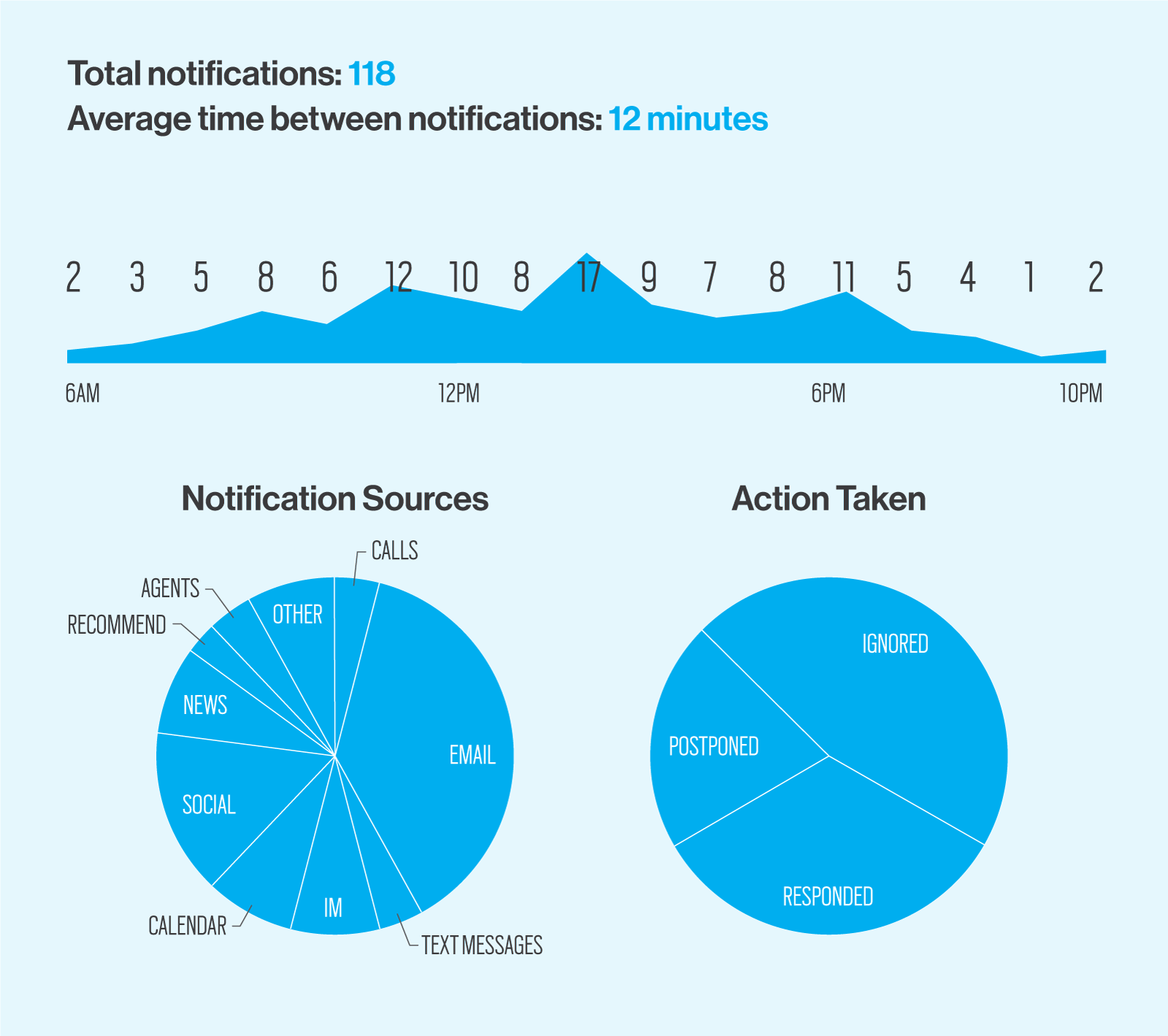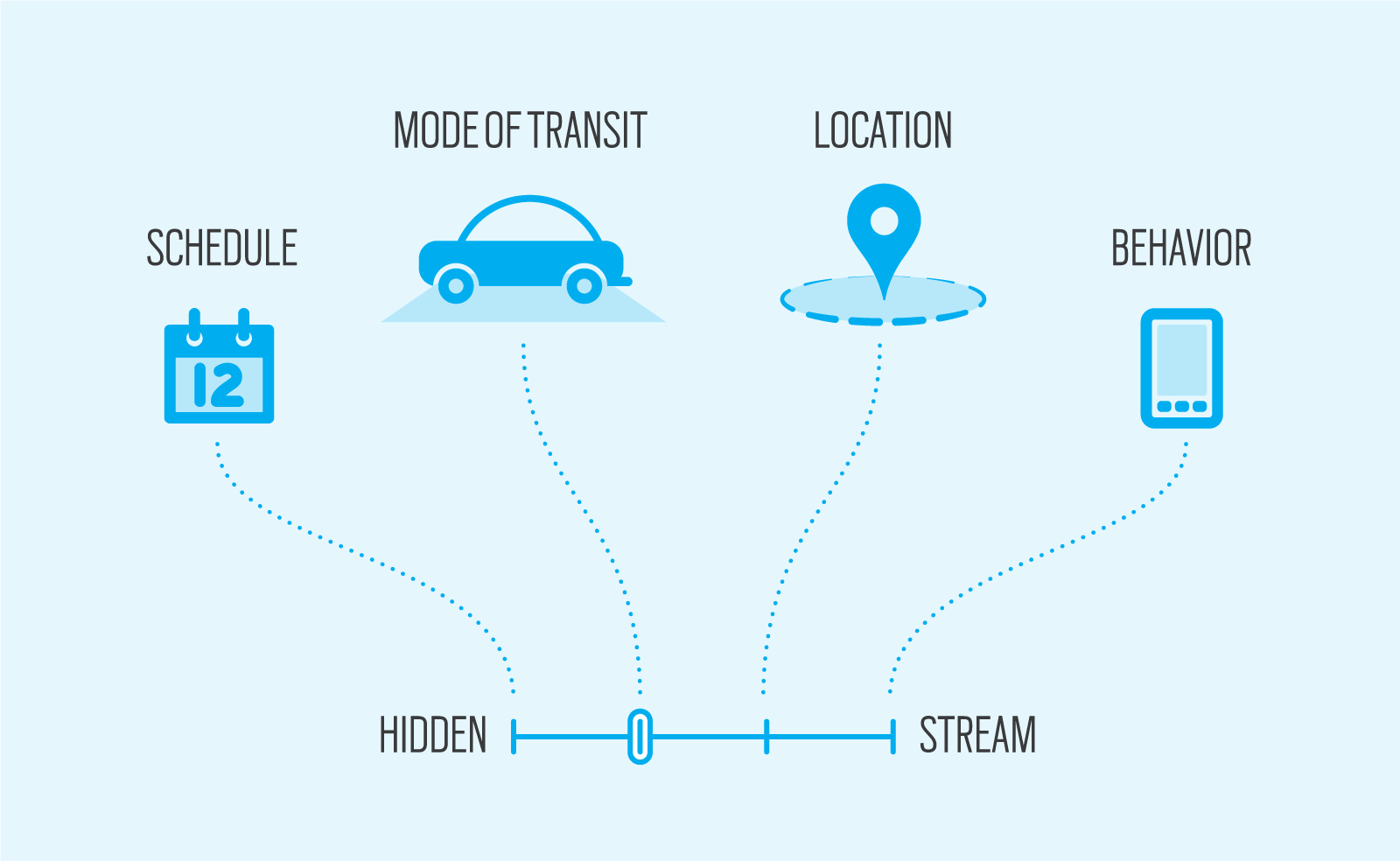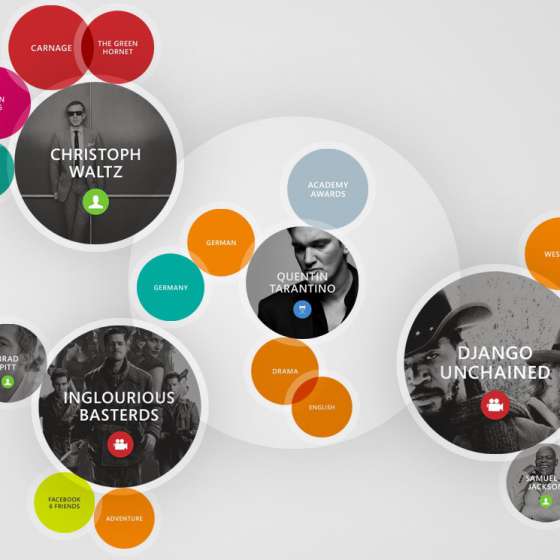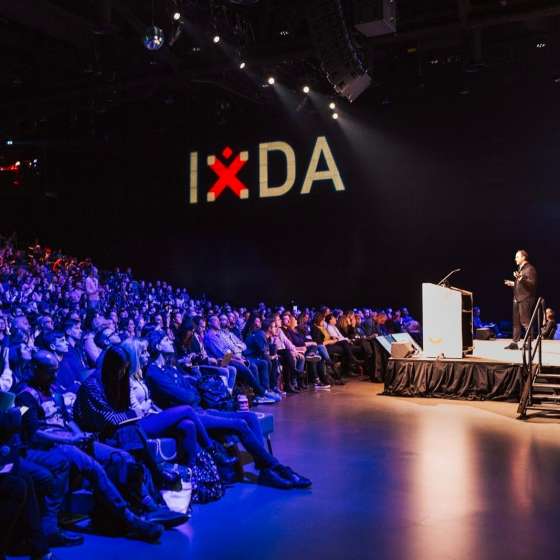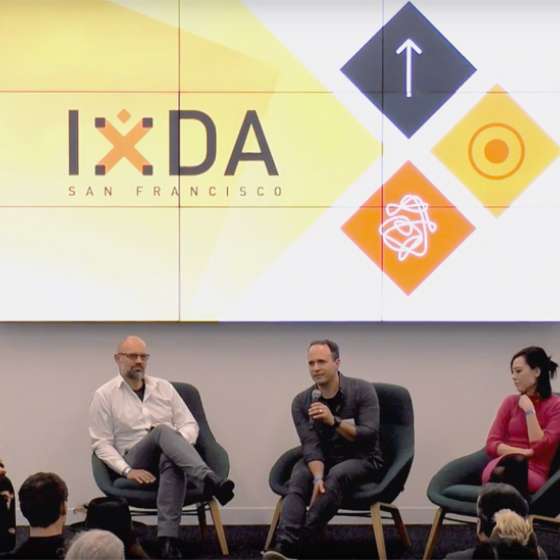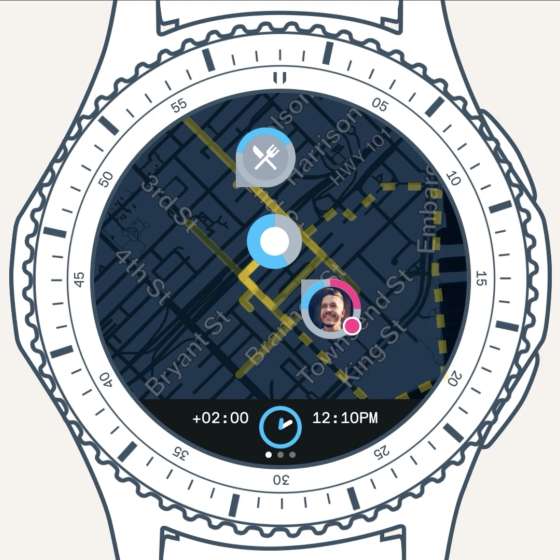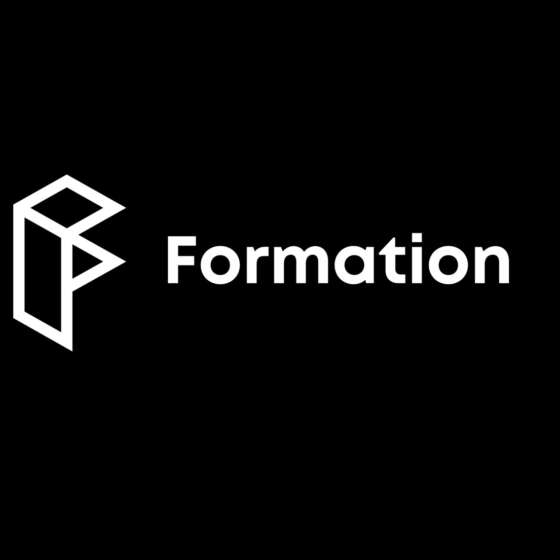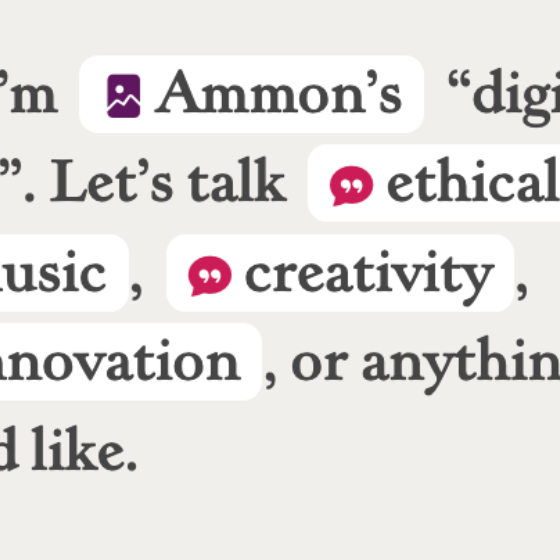Attention Management
This story is extracted from an internal white paper I wrote with the Microsoft Research (MSR) team in 2013. I've removed some sensitive references and added some additional thinking and illustrations.
Customer attention is an increasingly scarce commodity with little being done to address notification fatigue. None of the current mobile or desktop operating systems are designed to adequately handle the exponential increase of real-time notifications coming in from social apps, recommendation services and intelligent personal assistants, let alone next-generation capabilities such as anticipatory search and the Internet of Things. Moving forward, notification-rich services will only succeed with the creation of a centralized, intelligent, and configurable notification management service.
Introduction
Information Overload (IO), a well-known problem of our time, is in large part a side effect of technology and a global competition for users’ attention. Some of its related topics and buzzwords include: the interruption epidemic, information pollution, social media fatigue, notification fatigue, continuous partial attention, internet addiction, and infoglut. The problems and dangers of IO are well documented, but little progress has been made to reduce their effects. A growing number of computer and smartphone users dislike the current state of information pollution, but have no easy solutions other than to opt out from services entirely.
“The interruption epidemic is reaching a crisis point at some companies and shows no sign of slowing. E-mail volume is growing at a rate of 66 percent a year, according to the E-Policy Institute. More people are texting. More are using Facebook or Twitter for work.”
- J. Robinson, E-mail is Making You Stupid
A key driver in this accelerating rate of interruption is the affordance of push notifications in applications, where content is surfaced proactively because it is “now relevant”. High levels of persistent disruption can lead to a state of “continuous partial attention” in users as they attempt to process multiple simultaneous areas of focus, often resulting in a significant decrease in overall focus and productivity. A study by Microsoft researchers Iqbal and Horvitz [5] found that each interruption diverts attention away from the primary task for an average of 10-15 minutes. In the same study they found that “users spend more time than they realize responding to alerts,” suggesting that most users likely underestimate the impact of interruptions.
The current state of IO is well documented, with some researchers raising concerns of users reaching a distraction tipping point, yet we are on the brink of an unprecedented volume of notification and communication, driven by intelligent personal assistants (Cortana, SIRI, Google Now, and other anticipatory services), social apps, and the Internet of Things. The long term success of these new efforts will largely hinge on the ability to solve IO problems, in particular, real-time notification.
“Many designers of information systems incorrectly represented their design problem as information scarcity rather than attention scarcity, and as a result they built systems that excelled at providing more and more information to people, when what was really needed were systems that excelled at filtering out unimportant or irrelevant information.”
- H.A. Simon, The Sciences of the Artificial
Successes And Challenges
There have been many attempts to solve IO problems over the years, some more successful than others. Gmail was one of the most notable products to address the growing problem of e-mail spam. When it was introduced, most e-mail users were overwhelmed by spam, with only a few companies offering esoteric solutions. Gmail successfully implemented an intelligent spam filtering engine and crowd-sourcing model for removing spam. Spam removal became one of the primary drivers in the adoption of the industry dominant service.
Many technology companies acknowledge the problem of IO, but solutions are often in conflict with key business drivers and most companies are currently rewarded based on user traction. The monetization of user “stickiness” creates little incentive for finding solutions to IO or for opening access to their products for third-party solutions. Many organizations – Facebook, for example – have a high level of “engagement” as their default, requiring the user to opt-out if they want a more nuanced or controlled experience. Subsequently, users who subscribe to many different services or use many different tools are then faced with the challenge of managing each service separately.
Another challenge when controlling IO is the potential to block or limit important information. The fact that important communication surfaces with roughly the same relevance as junk information is one of the reasons IO is so prevalent – people have no choice but to engage for fear of missing something important.
A small informal study by the author revealed that most users who disable notifications do not enable them again. The overwhelming attitude was that once the service was disabled it was not missed. This becomes a critical challenge for applications and services that depend on real-time user participation.
Conclusion
Microsoft is uniquely positioned to control the core notification pipeline for many interrelated products. Allowing users to unify notifications through a single, configurable experience will be an initial step towards reducing IO. Surfacing controls that allow for spontaneous and state-specific changes to notification prioritization will enable periods of reduced interruption while mitigating the fear of missed communication.
Reducing IO presents an opportunity to differentiate our products and with a substantial benefit to consumers. Removing excess noise without limiting or censoring communication will be a huge win for most users, but the aggregate effect of such a strategy is even bigger: imagine the potential increase in business productivity as a result of decreased interruptions in the workplace. Few companies are in the position to affect this scale of change in business culture, possibly none are as well-positioned as Microsoft.
The positive externality of an effective reduction in user interruptions is personal empowerment and ability to adopt the next generation of real-time data services. The flow from the “intelligent fabric” needs a user-centric “data spigot”.
Single Day Personal Analysis
The following data represents notifications received by the author on a single day (from 6am to 10pm), across all devices (laptop, phone, tablet). The experiment looks at notification levels throughout the day and subsequently how they are handled. When a notification is received it is either ignored, postponed, or responded to. Note that notifications that were digested from the notification itself, deemed useful, and without need to respond, were classified as “responded.” A key metric is the rate of notifications, which can be summarized by the “average time between notifications” measure.
Definition Of Focus
The ideas proposed in this document focus primarily on enhancements to the Notification Manager specification and how services interface with the API. There is also an acknowledgement that improved filtering will create a need for a smarter notification “archive”.
Improved Notification Filtering
Some simple improvements to the notification pipeline would allow for greater personal autonomy while adding capacity for high volume information services. This approach suggests four configurable filtering states governed by white/black-lists and/or an agent.
Negotiation API
Allowing critical communication while in a restrictive state is essential for the success of a filtering service. If users are confident that essential communication will not fall through the cracks, they will likely restrict access more often. An intelligent two-way API for both application and human negotiation will allow for edge-case compromise, and will lay the foundation for future agent relationships.
Leveraging Signals
When Notification Management is dynamically configurable, user signals can trigger notification settings. An API will give 3rd party applications access to settings – either for access negotiation or the ability to modify global settings (e.g., using “mode of transit rule” to change state to busy when driving).
Customizing Notification Settings
Default settings will provide a clear benefit to the user without any customization, but greater success will depend on a simple settings infrastructure that does not duplicate or require offloading third-party app settings. The filter modes will address only the access of the apps and services, leaving granular settings to the app domain.
Summary
The thesis of this article is that many real-time or “just in time” applications will fail in large part due to the inadequate methods for communicating relevancy to the user. And the essence of my proposed solution is to empower the user with notification flow control.
The illustration above represents the essence of a proposed solution, which allows the user to simply throttle their level of notification and service engagement from a personal and device agnostic perspective. I've heard a lot of people talk about smart ways to solve notification and interruption problems, but I feel the reality of the impulsive user is best understood by the user themselves. My hope is that AI-driven solutions will reenforce user intent rather than trying to replace it.
Posted
Aug 24, 2013
